When it was published in 1962 in a limited run, each of the 475 copies of novelist James Michener’s The Modern Japanese Print: An Appreciation was presented in an unvarnished spruce slipcase branded with the seal of the Sosaku-hanga, a creative prints art movement. The book’s handmade kyokushi (vellum paper) pages were bound in a three-color, fine-weave hemp cloth, the front boards and spine stamped in gilt. In its first printing, the book was as much a work of fine art as the 10 signed prints it contained.
Michener was already an international celebrity in 1962. His story collection Tales of the South Pacific had won a Pulitzer Prize and been adapted for the stage and screen as the musical South Pacific. His novels were bestsellers, including Hawaii, a 1,100-page saga chronicling the islands’ history and peopling.
He was also fascinated by Japanese printmaking. In the 1950s, he began amassing a private collection of prints and was zealous enough to write three books on the subject. His first, 1954’s The Floating World, examined the growth and decline of Ukiyo-e, which translates to “pictures of the floating world,” during the Edo period (1603 to 1867). Five years later, Michener followed it with Japanese Prints: From the Early Masters to the Modern, in which he expanded his scholarship to include 20th-century approaches to the tradition. His third book, Modern Japanese Print, can be understood as a continuation of his efforts to expose American audiences to the artform, this time shining a light on the obscure, Western-influenced Sosaku-hanga movement.
“Michener used to teach lectures on Sosaku-hanga here at the museum,” says Stephen Salel, a curator at the Honolulu Museum of Art. In a climate-controlled backroom, Salel has laid several Sosaku-hanga prints on a table. One piece by Onchi Koshiro, entitled “Portrait of Hagiwara Sakutaro,” features a man with a weathered face pensively staring over his shoulder. Sosaku-hanga artists like Koshiro strayed from the realist depictions of quotidian Japanese life that were a feature and constraint of the traditional woodblock printmaking movements such as Ukiyo-e and its 20th-century heir, Shin-hanga, or “new prints,” also known as Neo-Ukiyo-e. Instead, the artists embraced the tenets of self-expression, subjectivity, and closeness.
Salel explains that Sosaku-hanga also placed a premium on its artists’ independence, aesthetically and in terms of print production. A Sosaku-hanga artist was, by principle, the sole creator of his work and was responsible for every aspect of production. “From the fundraising to the designing to the carving to the printing,” Salel says, “the artist did it all.”
This independent approach stood in contrast to the traditional workshop method of Shin-hanga and Ukiyo-e, in which publishers assembled teams of artisans—designers, carvers, printers, assistants—to see a print through production. Shin-hanga, though contemporaneous with Sosaku-hanga, remained closely connected to the Ukiyo-e tradition.
Another Sosaku-hanga piece Salel lays out is “Portrait of James A. Michener” by Hiratsuka Unichi, a longtime friend of the author. The high-contrast, black and white print is playful and self-referential. Michener sits in profile before a wall hung with four prints, one of which is a reproduction of an older piece by Unichi, “Bunraku Puppet: Yaoya Oshichi.” His familiarity with Michener shines through in the work. As with Koshiro’s portrait, Unichi’s portrait is personal, though the expression of its subject is lighthearted. In this way, Sosaku-hanga’s kinship with other Japanese print movements shines.
“The Japanese print is fun,” Michener wrote about the Japanese woodblock print tradition. “It comprises one of the most totally delightful art forms ever devised. Its colors are varied, its subject matter witty, its allurement infinite.”
When it was published in 1962 in a limited run, each of the 475 copies of novelist James Michener’s The Modern Japanese Print: An Appreciation was presented in an unvarnished spruce slipcase branded with the seal of the Sosaku-hanga, a creative prints art movement. The book’s handmade kyokushi (vellum paper) pages were bound in a three-color, fine-weave hemp cloth, the front boards and spine stamped in gilt. In its first printing, the book was as much a work of fine art as the 10 signed prints it contained.
Michener was already an international celebrity in 1962. His story collection Tales of the South Pacific had won a Pulitzer Prize and been adapted for the stage and screen as the musical South Pacific. His novels were bestsellers, including Hawaii, a 1,100-page saga chronicling the islands’ history and peopling.
He was also fascinated by Japanese printmaking. In the 1950s, he began amassing a private collection of prints and was zealous enough to write three books on the subject. His first, 1954’s The Floating World, examined the growth and decline of Ukiyo-e, which translates to “pictures of the floating world,” during the Edo period (1603 to 1867). Five years later, Michener followed it with Japanese Prints: From the Early Masters to the Modern, in which he expanded his scholarship to include 20th-century approaches to the tradition. His third book, Modern Japanese Print, can be understood as a continuation of his efforts to expose American audiences to the artform, this time shining a light on the obscure, Western-influenced Sosaku-hanga movement.
“Michener used to teach lectures on Sosaku-hanga here at the museum,” says Stephen Salel, a curator at the Honolulu Museum of Art. In a climate-controlled backroom, Salel has laid several Sosaku-hanga prints on a table. One piece by Onchi Koshiro, entitled “Portrait of Hagiwara Sakutaro,” features a man with a weathered face pensively staring over his shoulder. Sosaku-hanga artists like Koshiro strayed from the realist depictions of quotidian Japanese life that were a feature and constraint of the traditional woodblock printmaking movements such as Ukiyo-e and its 20th-century heir, Shin-hanga, or “new prints,” also known as Neo-Ukiyo-e. Instead, the artists embraced the tenets of self-expression, subjectivity, and closeness.
Salel explains that Sosaku-hanga also placed a premium on its artists’ independence, aesthetically and in terms of print production. A Sosaku-hanga artist was, by principle, the sole creator of his work and was responsible for every aspect of production. “From the fundraising to the designing to the carving to the printing,” Salel says, “the artist did it all.”
This independent approach stood in contrast to the traditional workshop method of Shin-hanga and Ukiyo-e, in which publishers assembled teams of artisans—designers, carvers, printers, assistants—to see a print through production. Shin-hanga, though contemporaneous with Sosaku-hanga, remained closely connected to the Ukiyo-e tradition.
Another Sosaku-hanga piece Salel lays out is “Portrait of James A. Michener” by Hiratsuka Unichi, a longtime friend of the author. The high-contrast, black and white print is playful and self-referential. Michener sits in profile before a wall hung with four prints, one of which is a reproduction of an older piece by Unichi, “Bunraku Puppet: Yaoya Oshichi.” His familiarity with Michener shines through in the work. As with Koshiro’s portrait, Unichi’s portrait is personal, though the expression of its subject is lighthearted. In this way, Sosaku-hanga’s kinship with other Japanese print movements shines.
“The Japanese print is fun,” Michener wrote about the Japanese woodblock print tradition. “It comprises one of the most totally delightful art forms ever devised. Its colors are varied, its subject matter witty, its allurement infinite.”
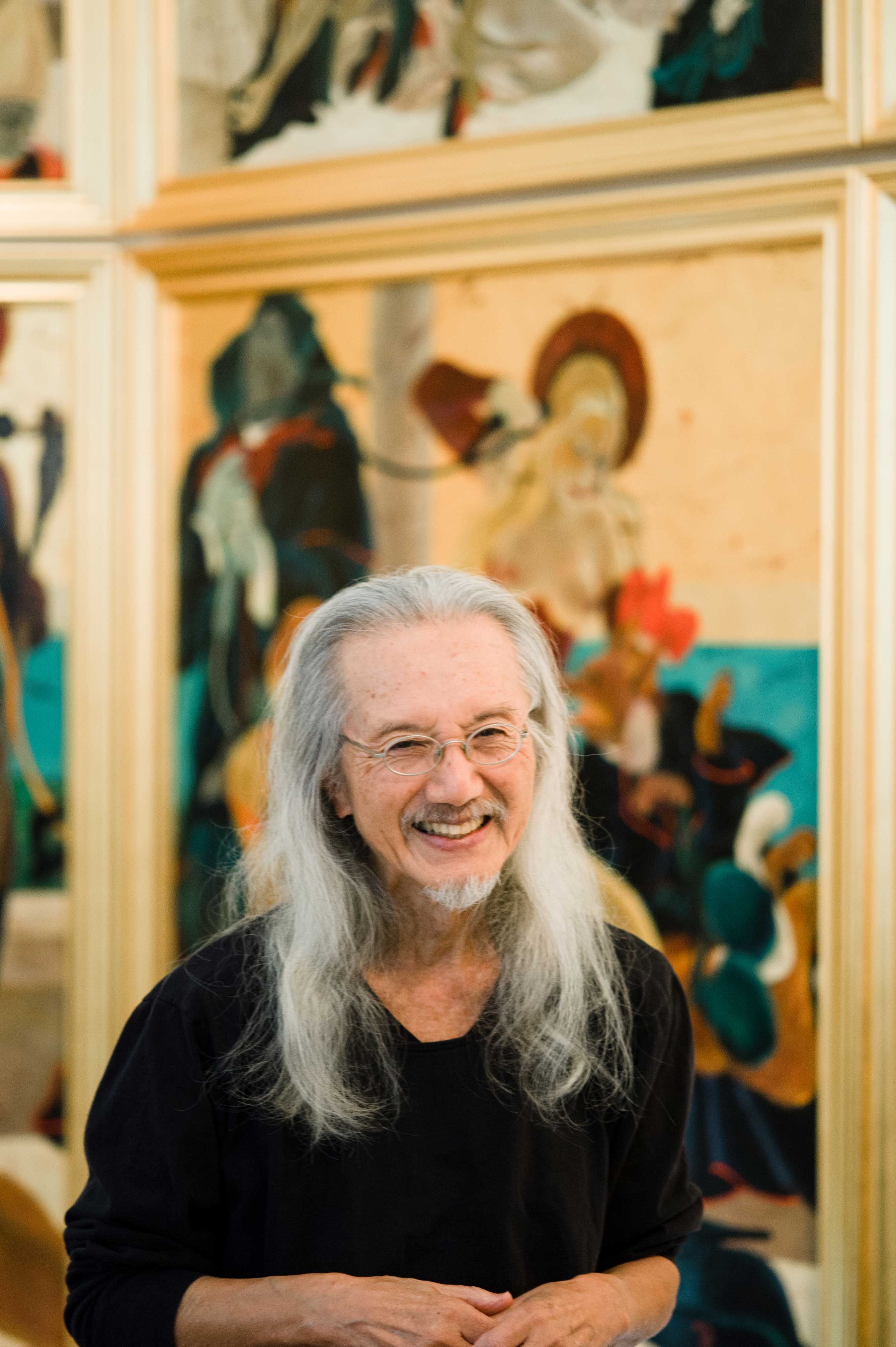
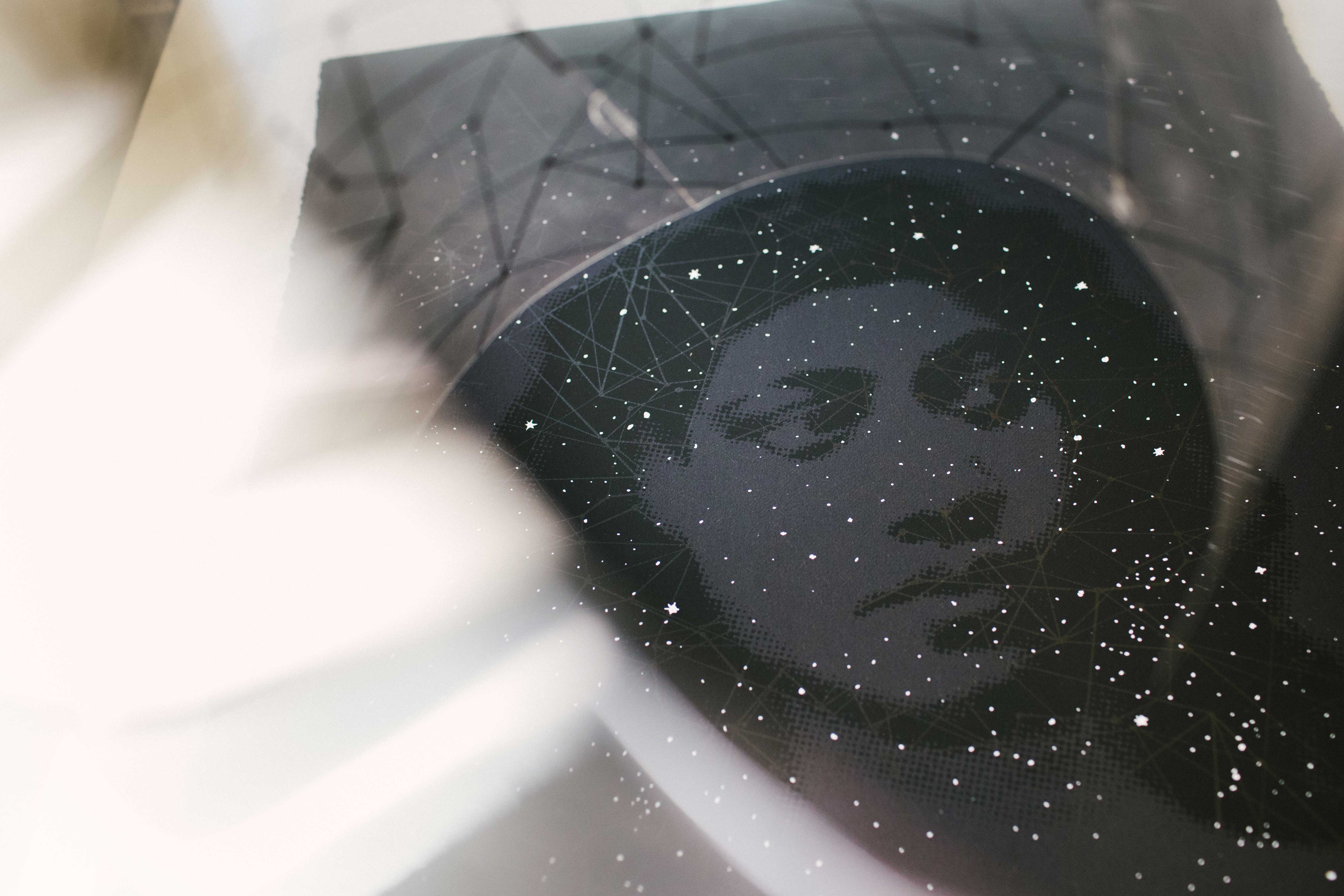


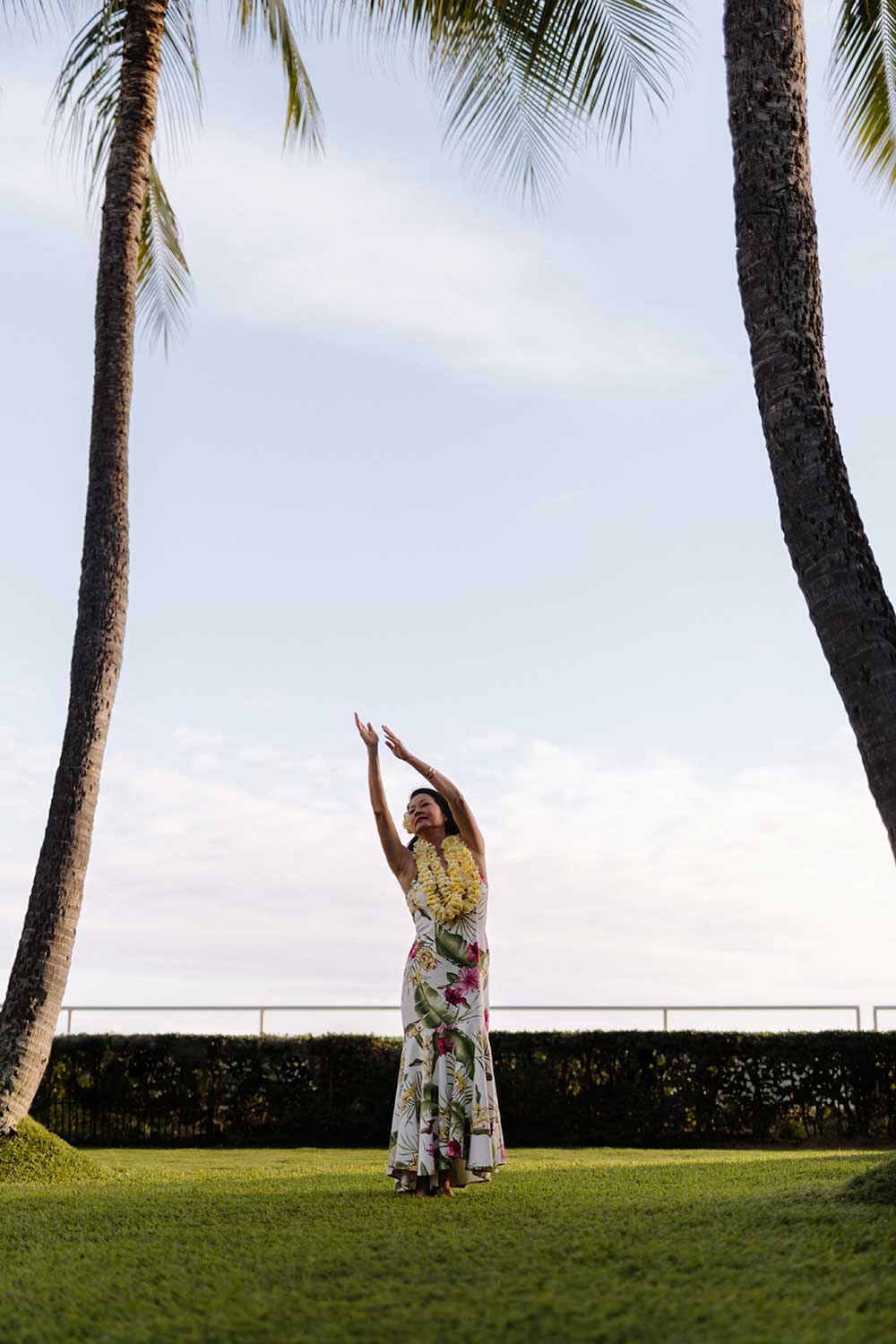
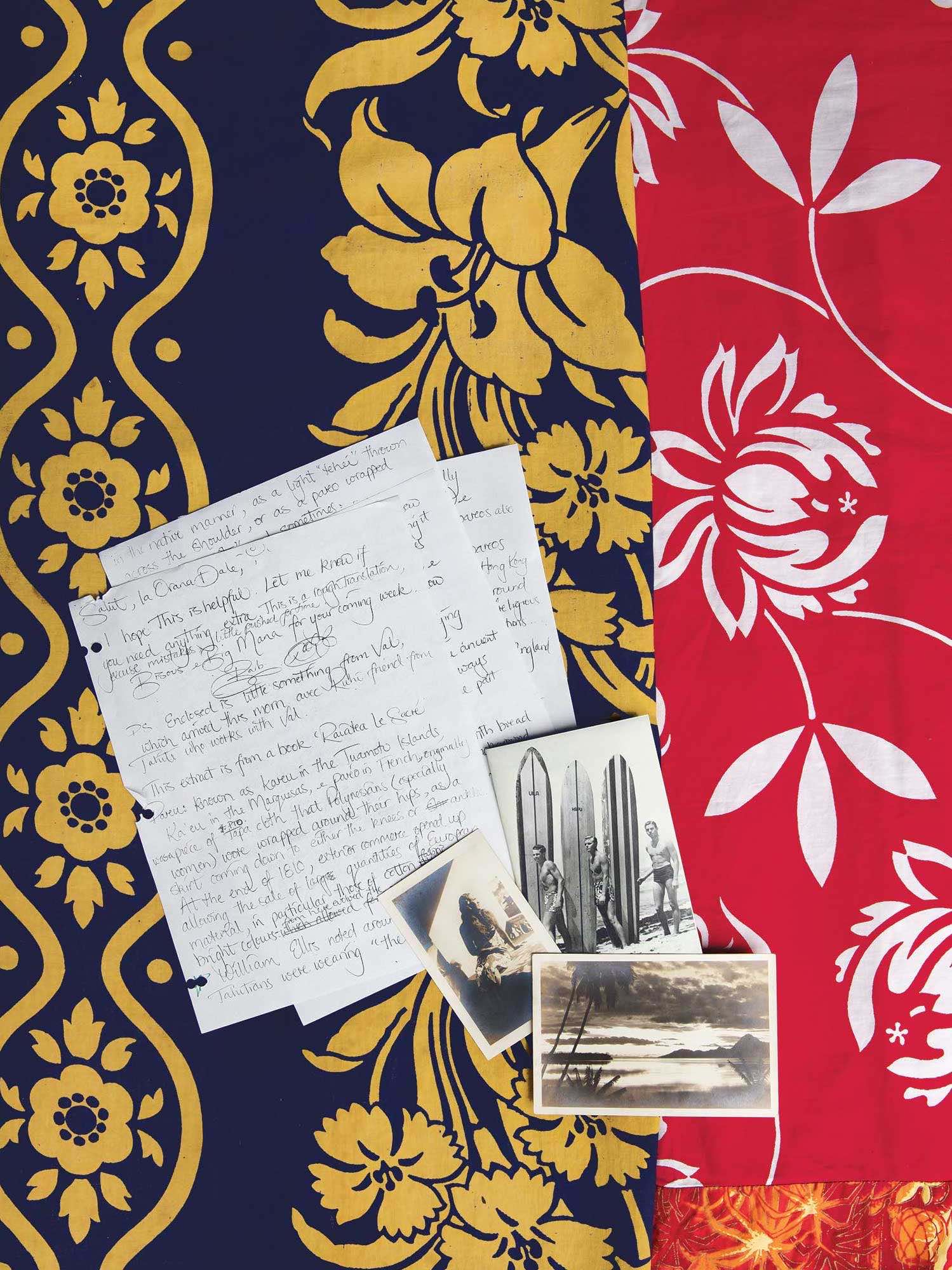
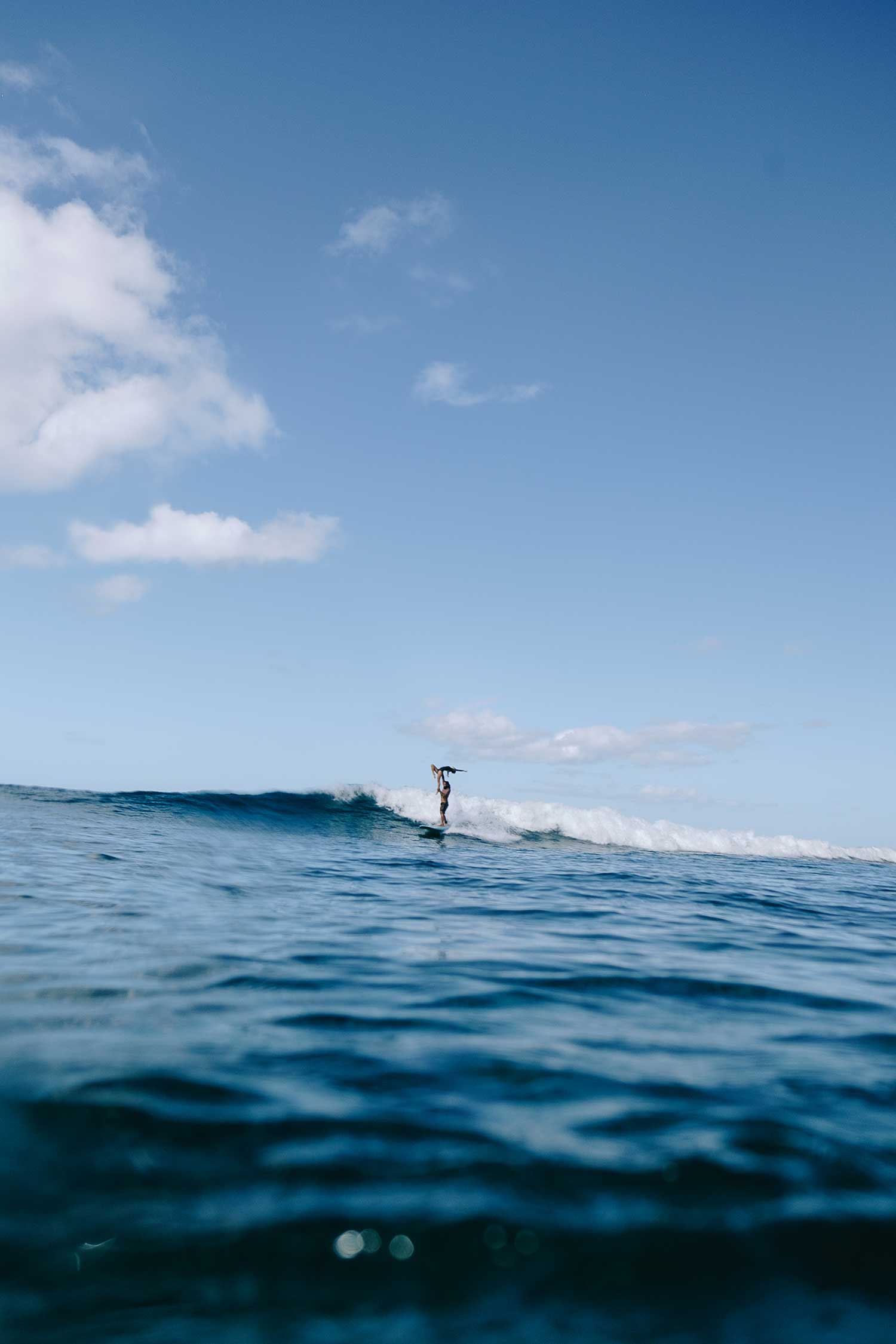
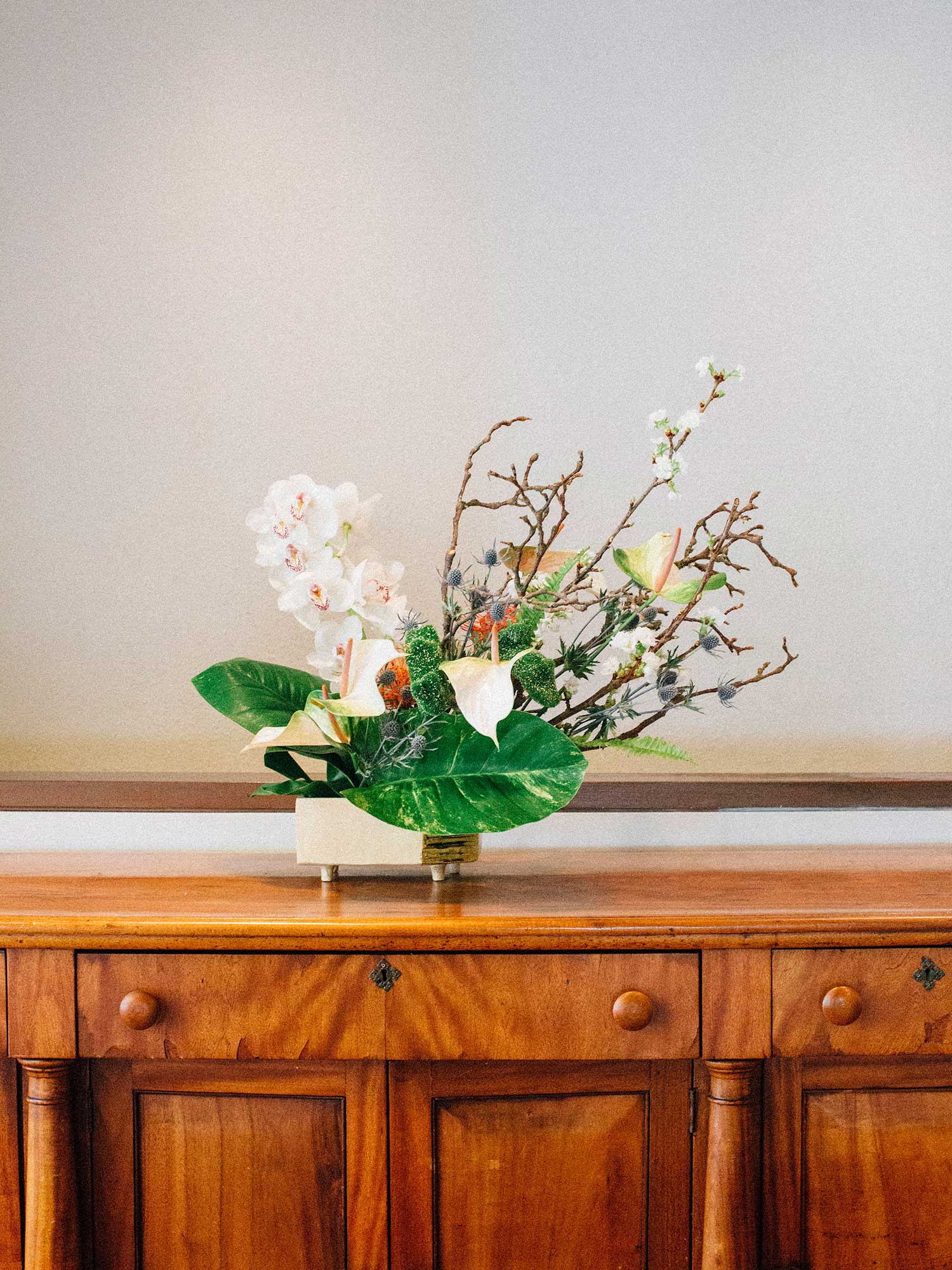


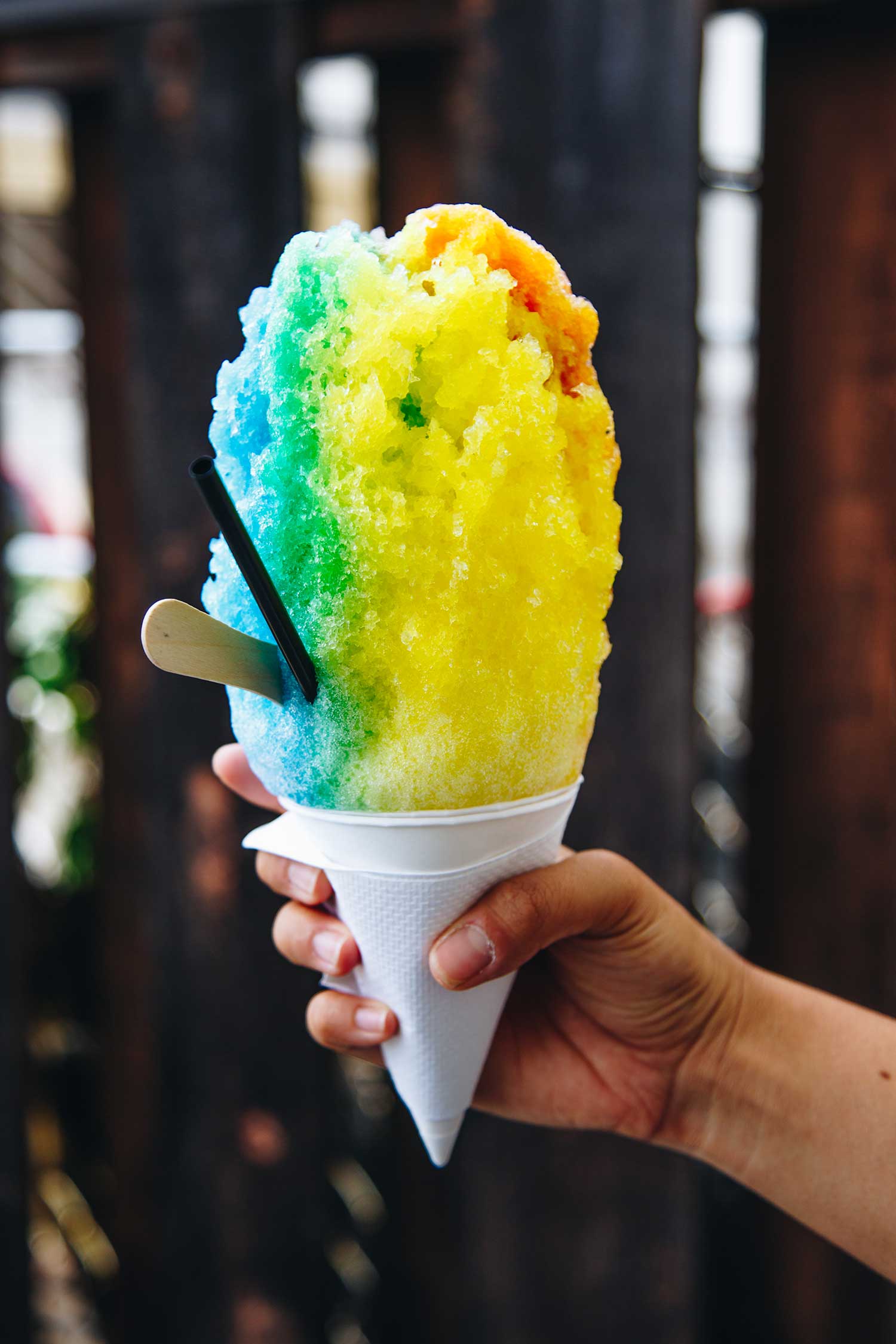
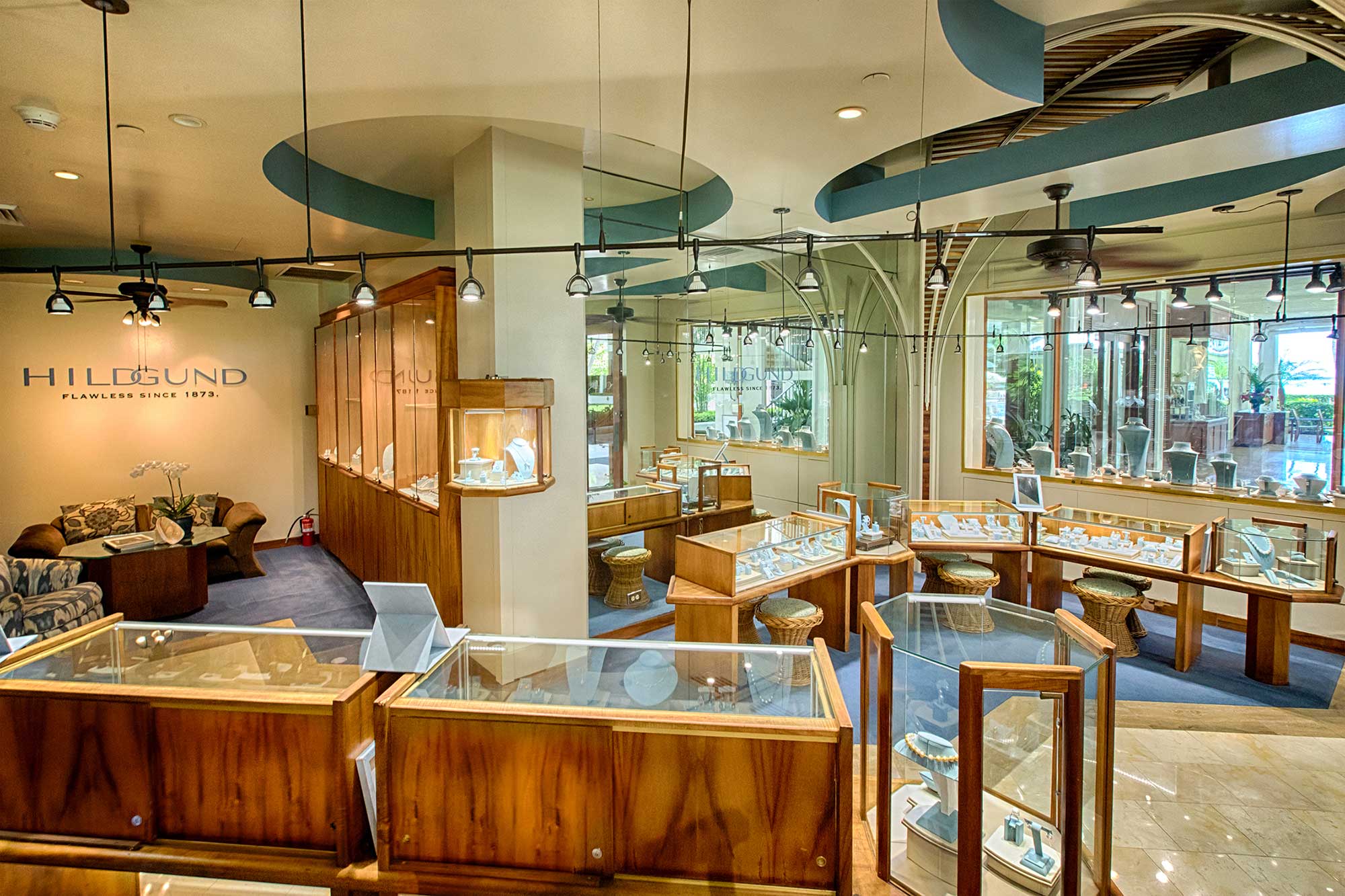
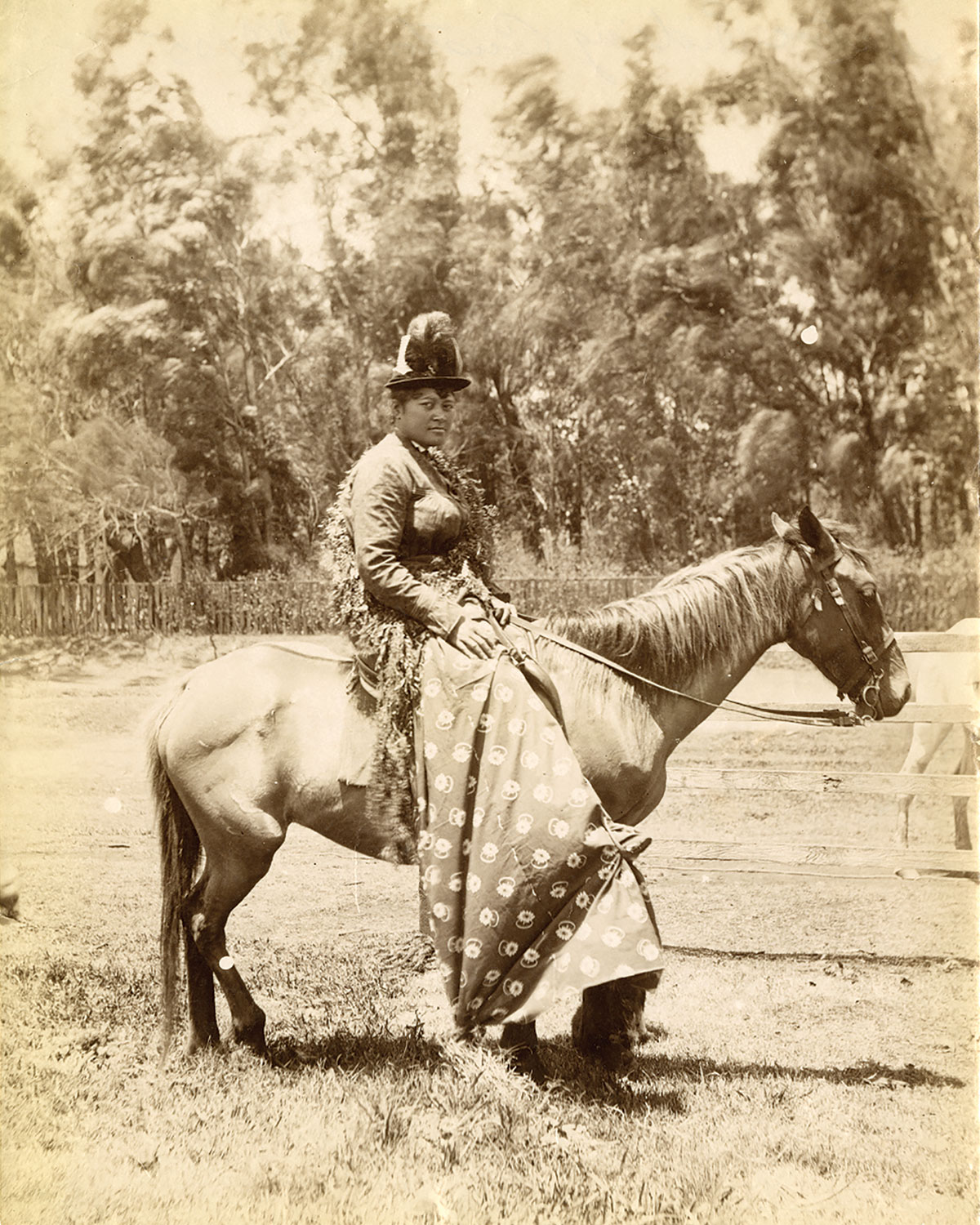
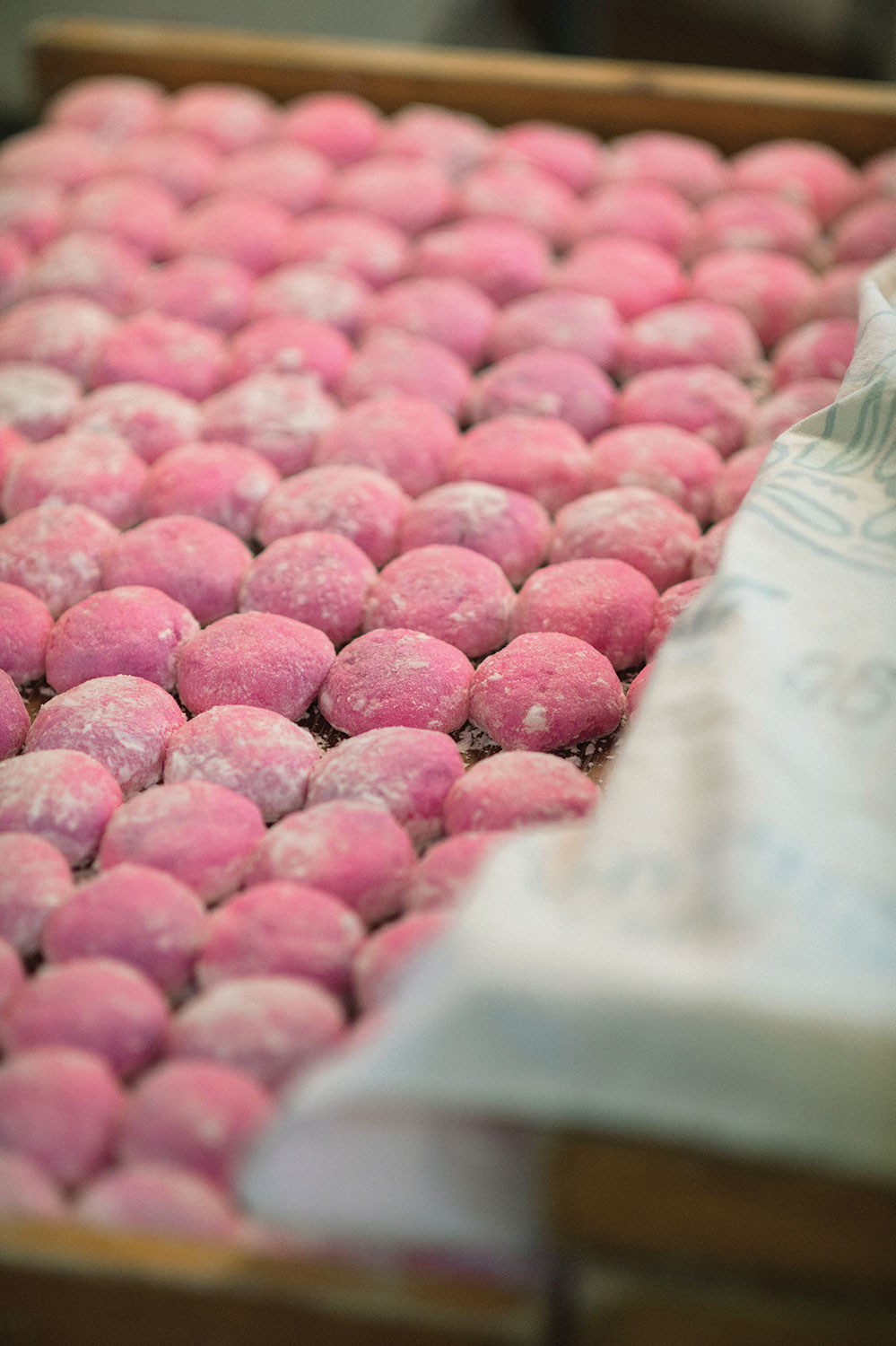
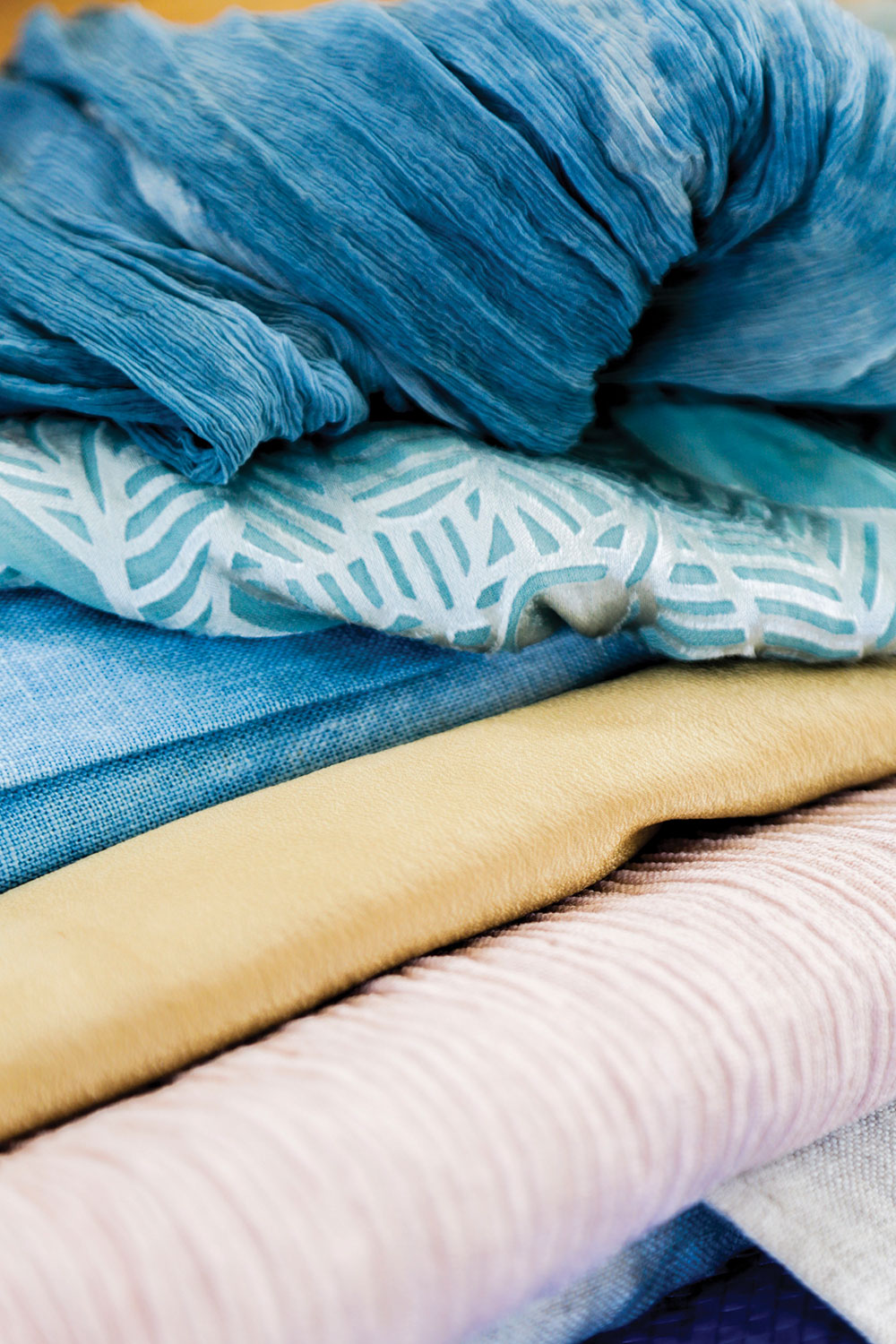
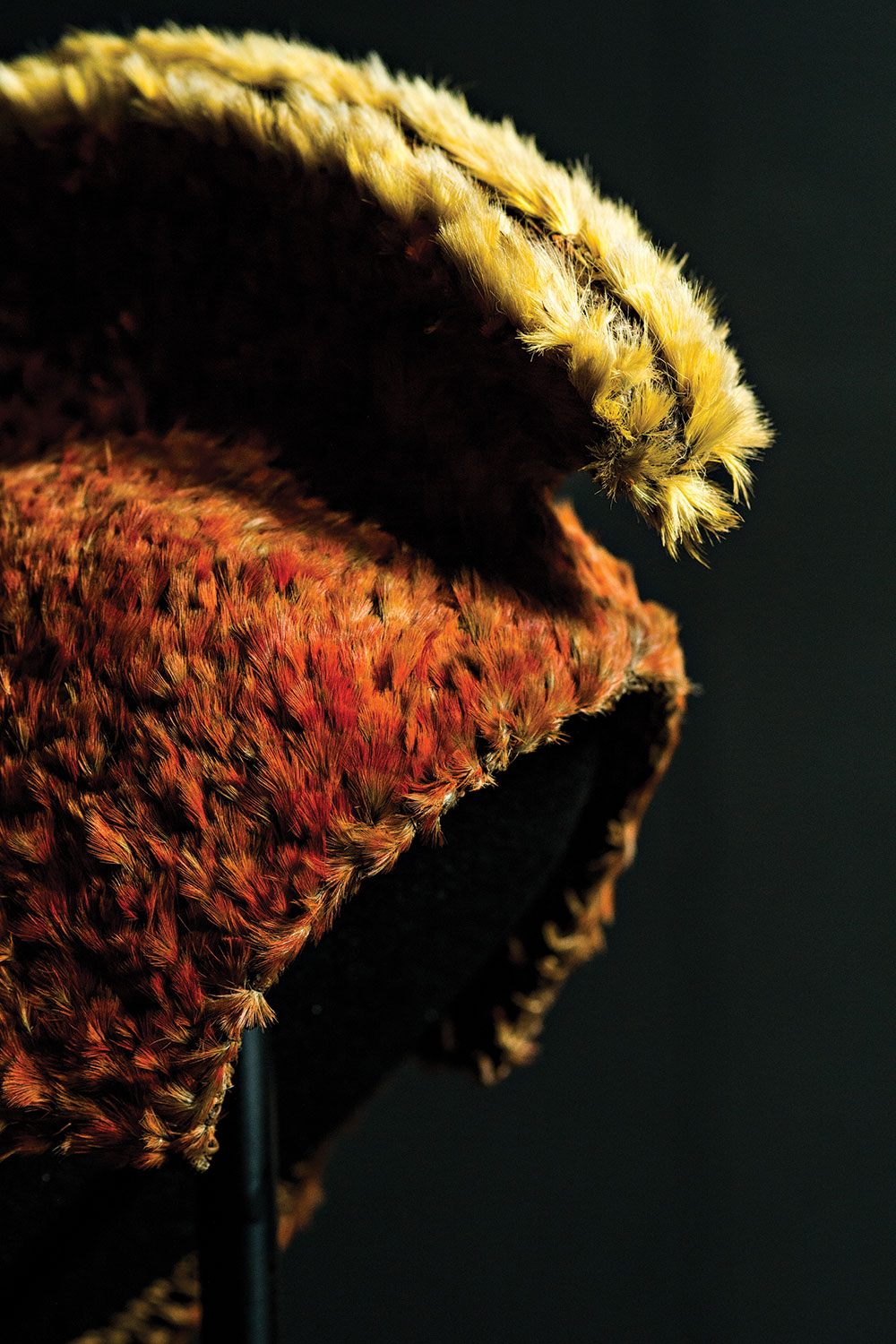
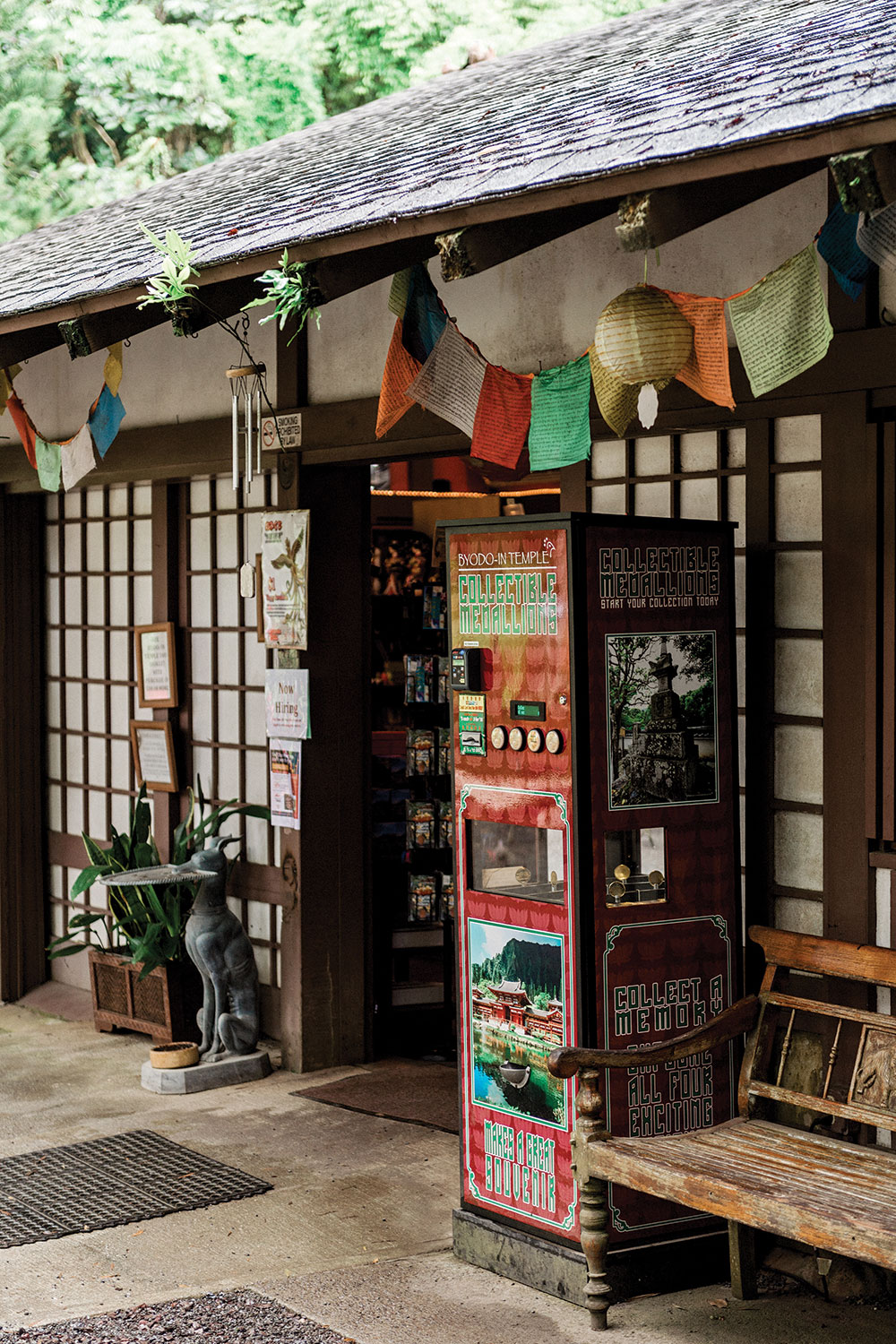
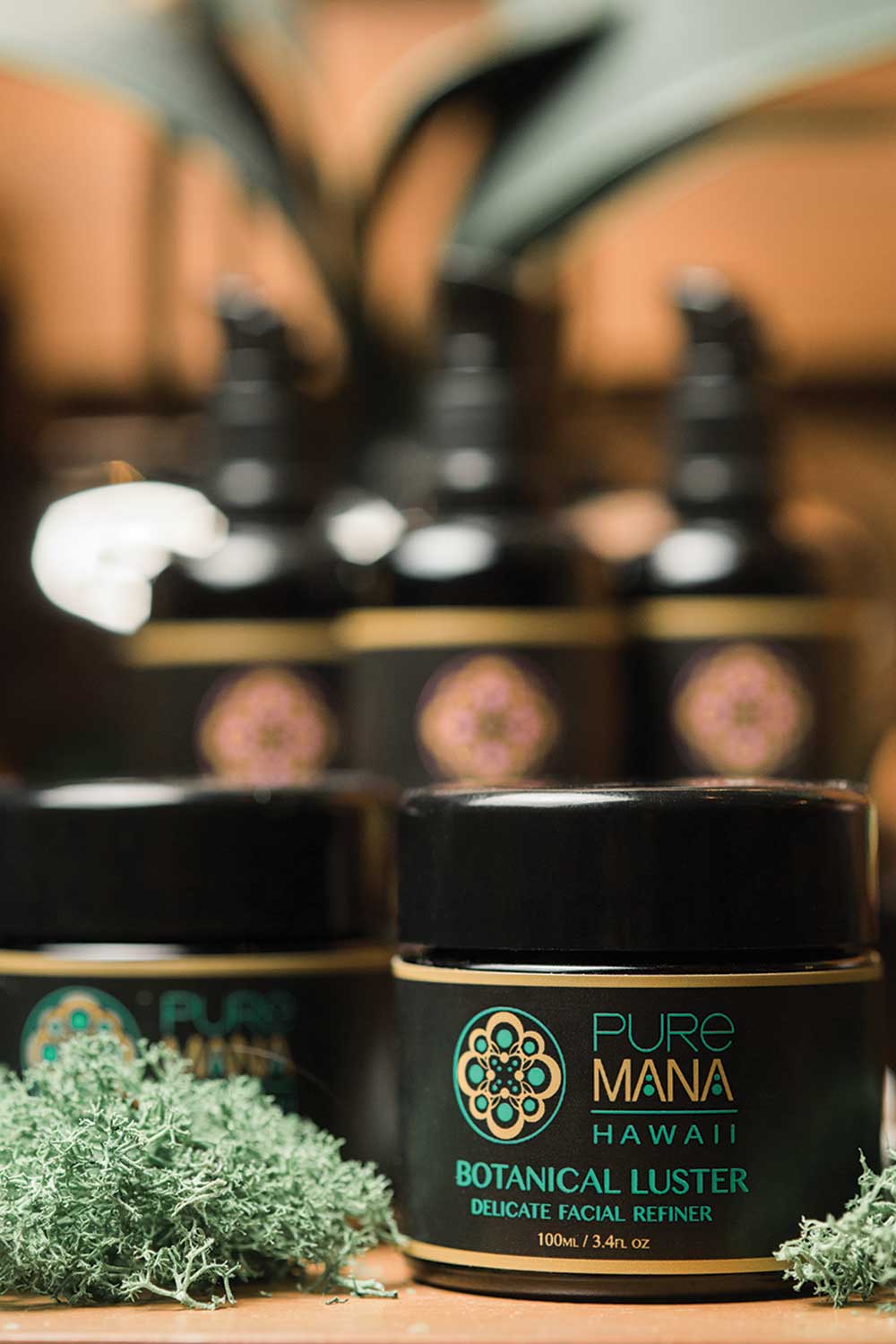


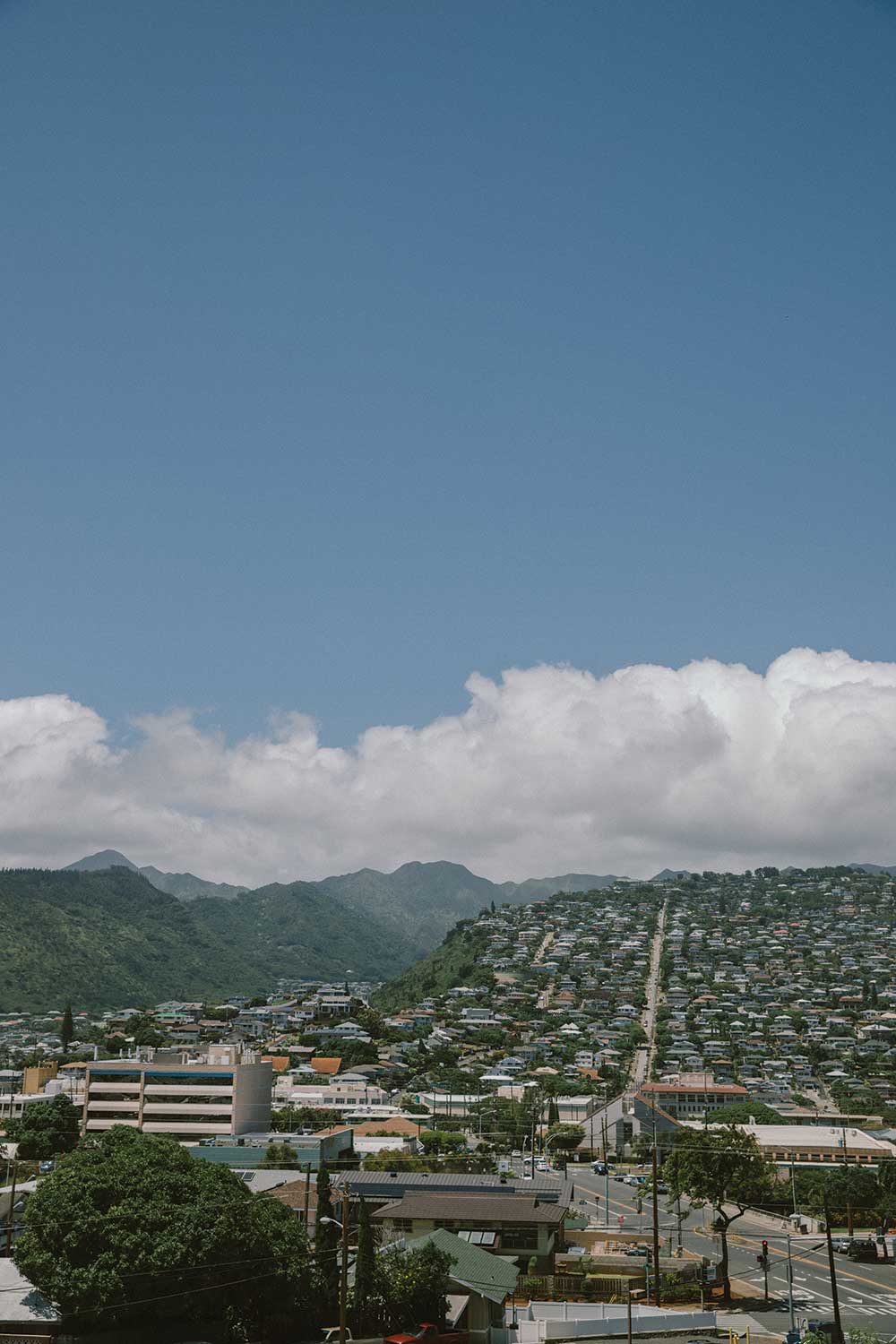



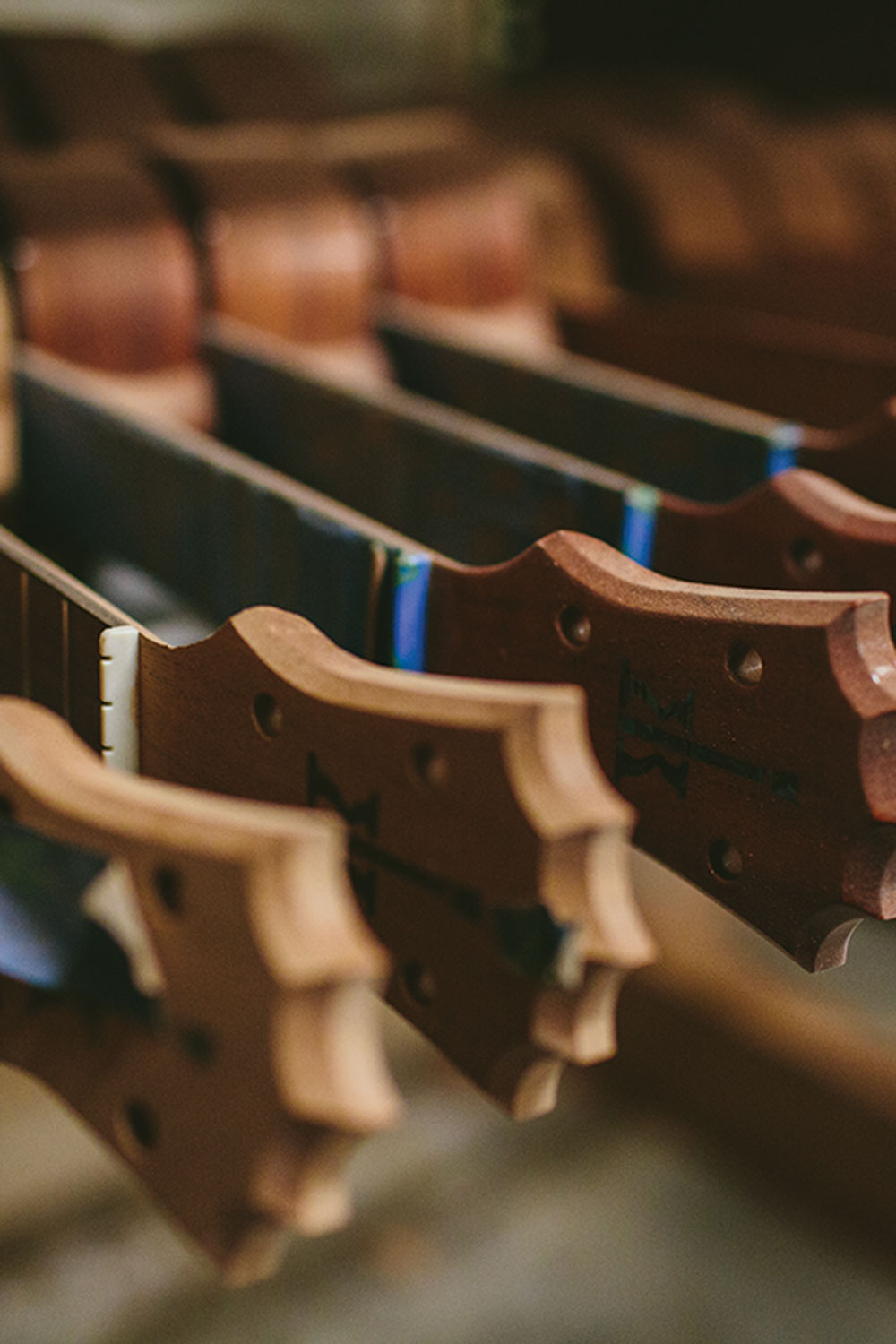
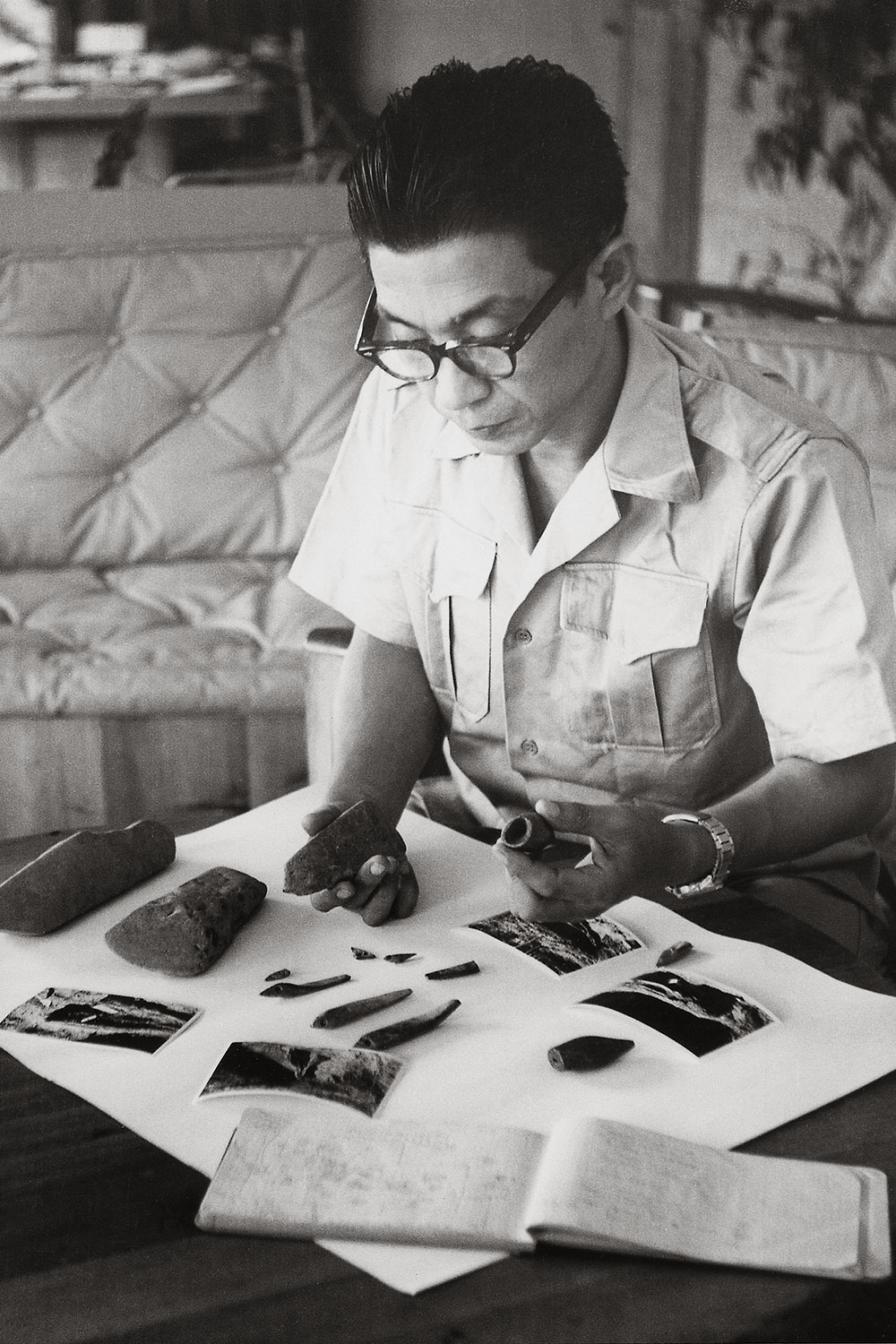
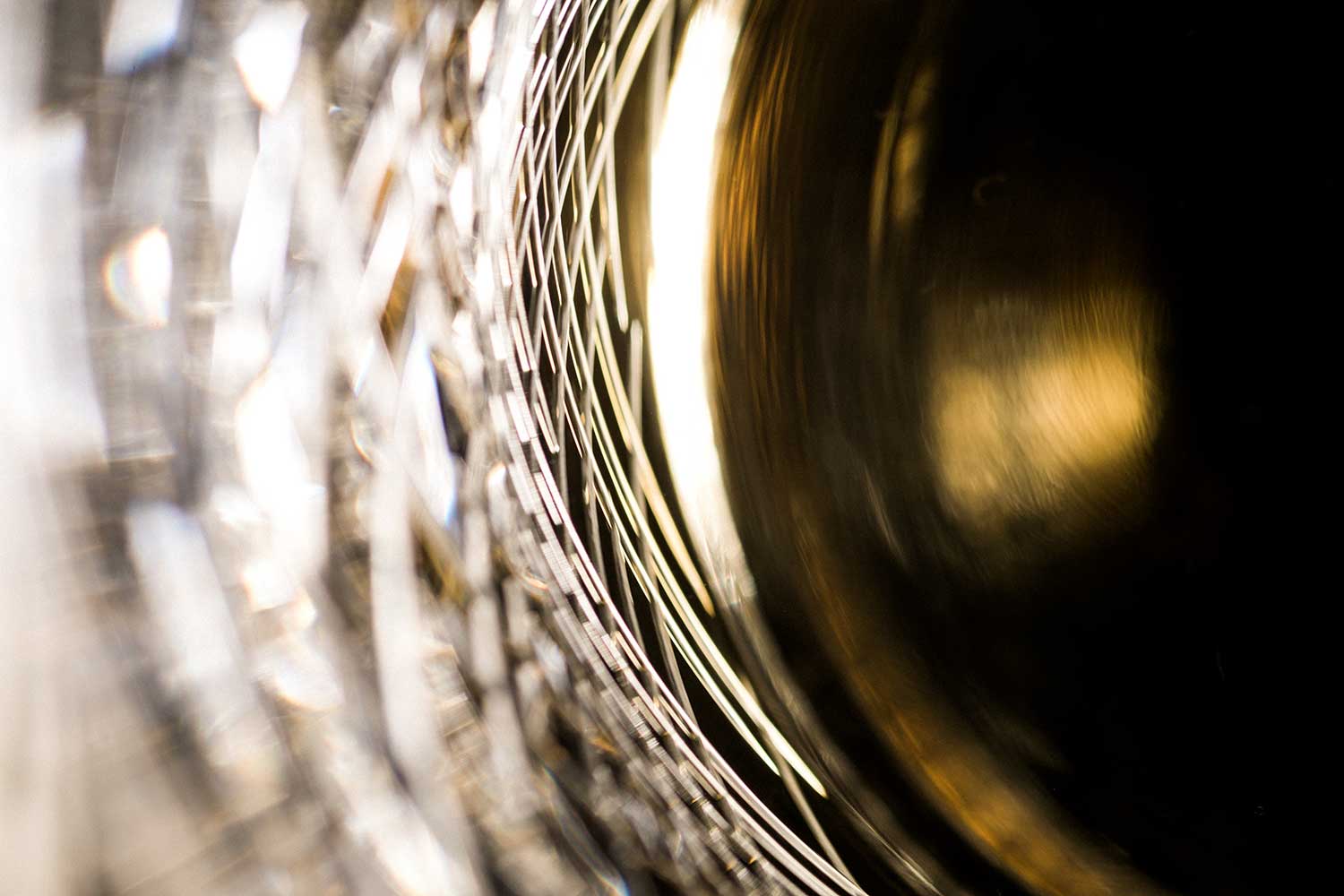

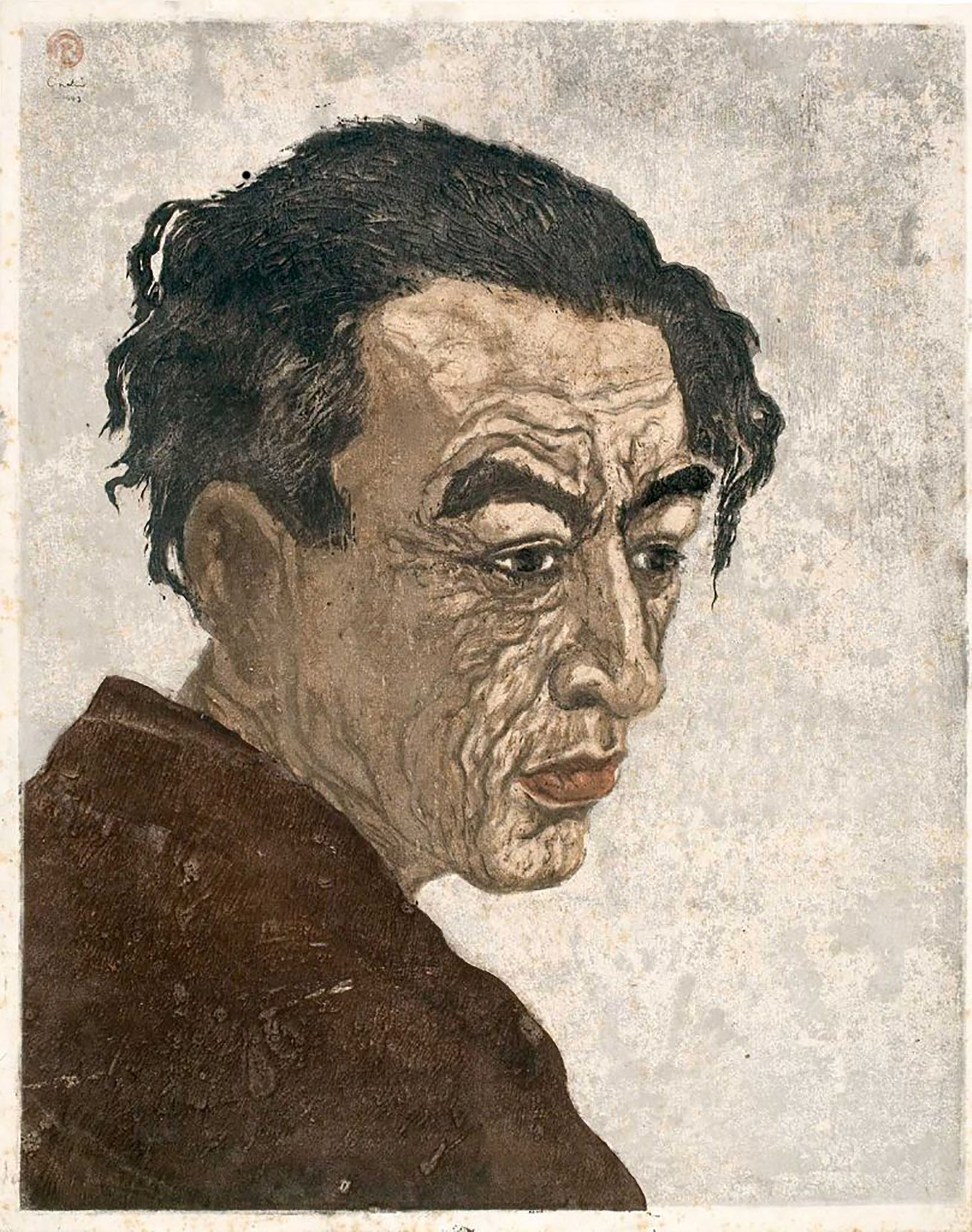





Share: